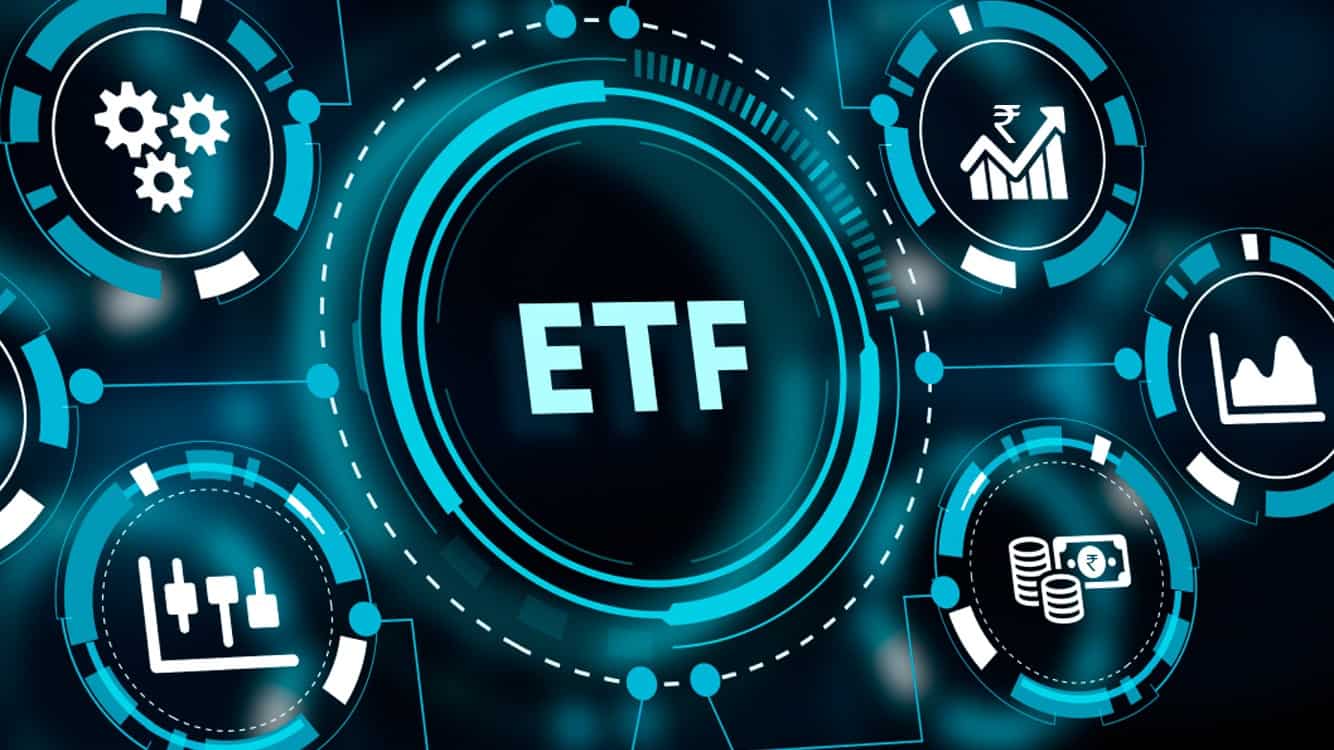Exchange-traded funds have revolutionized investment, offering everyday investors access to diversified portfolios that were once reserved for institutional players. An exchange-traded fund (ETF) is an investment fund that holds multiple underlying assets and can be bought and sold on an exchange, much like an individual stock. These innovative financial instruments combine the diversification benefits of mutual funds with the trading flexibility of individual stocks, creating a powerful tool for both novice and experienced investors.
ETFs have gained tremendous popularity due to their unique characteristics: they offer low expense ratios, provide instant diversification, and can be traded throughout market hours. Unlike traditional mutual funds that price once daily after market close, ETFs trade continuously during market hours, allowing investors to respond quickly to market movements. Whether you’re looking to invest in broad market indices, specific sectors, commodities, or international markets, ETFs provide an accessible and cost-effective solution for building a well-rounded investment portfolio.
Understanding ETF Structure and Ownership

ETFs operate through a unique ownership structure that distinguishes them from other investment vehicles. The fund provider owns the underlying assets and designs a fund to track their performance, then sells shares in that fund to investors. When you purchase ETF shares, you own a portion of the fund but not the underlying assets directly.
This structure allows ETFs to hold diverse building blocks such as stocks, bonds, or commodities, where each component might represent individual companies or entire countries, collectively forming industries or geographic regions. For example, a consumer staples ETF might hold shares of companies including Procter & Gamble, Costco, Coca-Cola, Walmart, and PepsiCo, providing exposure to the entire consumer staples sector through a single investment.
The Creation and Redemption Process
The ETF ecosystem relies on a sophisticated mechanism involving authorized participants (APs) – large financial institutions that create and redeem ETF shares. This process begins when an ETF sponsor decides to create a new fund, and an authorized participant purchases the underlying securities, then exchanges them for large blocks of ETF shares in what’s called an “in-kind” transfer.
These blocks, known as creation units, typically contain between 25,000 and 200,000 shares. The AP then sells these ETF shares to investors or market makers on exchanges. This creation and redemption mechanism is crucial for maintaining the ETF’s market price close to its net asset value through an arbitrage process.
Key Advantages of ETF Investing
Cost Efficiency and Transparency
ETFs offer several compelling advantages over traditional investment options. Most ETFs maintain lower expense ratios compared to actively managed mutual funds, as they typically follow passive investment strategies that track market indices. This cost efficiency stems from their passive nature – they don’t aim to outperform the index but merely deliver index-like returns before expenses.
Trading Flexibility and Liquidity

Unlike mutual funds that trade only once daily after market close, ETFs can be bought or sold throughout trading hours (9:30 a.m. to 4 p.m. Eastern time), allowing investors to capitalize on intraday price movements. This flexibility makes ETFs particularly attractive for tactical asset allocation and responsive portfolio management.
Diversification Benefits
ETFs provide instant diversification by allowing investment in numerous securities simultaneously. This diversification helps limit volatility, as the fund’s holdings are spread across multiple assets. Industry-specific ETFs also enable investors to rotate in and out of sectors during different economic cycles.
How ETF Pricing Works
ETF share prices fluctuate throughout the trading day based on market demand and supply, unlike mutual funds that price once daily. While ETFs are designed to track underlying assets or indices, they trade at market-determined prices that may slightly differ from the net asset value due to factors like expenses and market dynamics.
The arbitrage mechanism involving authorized participants helps minimize significant deviations between market price and net asset value. When strong investor demand drives an ETF’s price above its net asset value, arbitrageurs can purchase additional creation units and sell component shares, increasing supply and generally eliminating the premium.
Getting Started with ETF Investing
Investing in ETFs involves three primary steps: opening a brokerage account, selecting appropriate ETFs based on your investment goals, and transferring funds to execute purchases. Most major brokerages now offer commission-free ETF trading, making these investments even more accessible to retail investors.
When selecting ETFs, consider factors such as expense ratios, underlying holdings, tracking accuracy, and how well the fund aligns with your investment objectives and risk tolerance. ETFs provide exposure to virtually any market segment, from broad market indices like the S&P 500 to specific sectors, international markets, or alternative investments.
Exchange-traded funds represent a democratization of investing, offering professional-grade diversification and flexibility at retail-friendly costs, making them an essential tool for modern portfolio construction.
